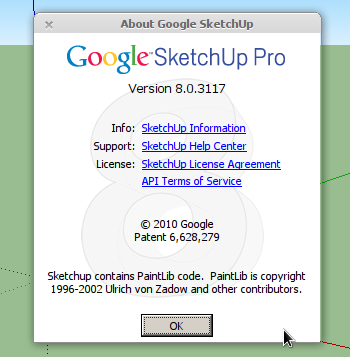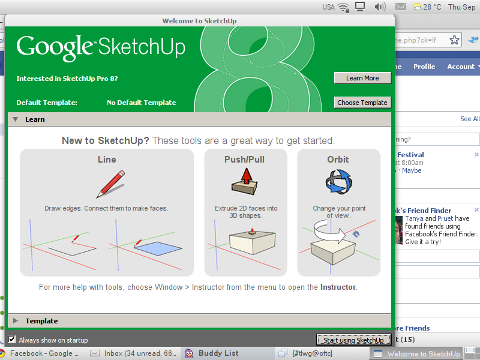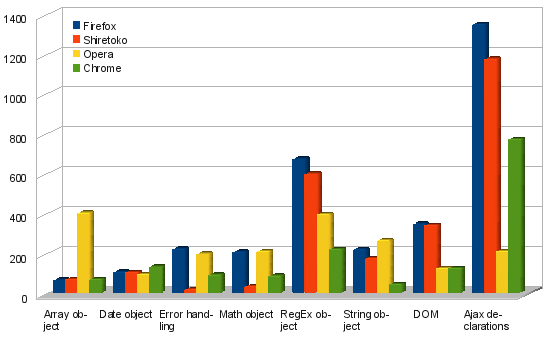Cannot playback H.264 HD Video on your netbook ? Try mplayer-mt. It is multithreaded version of mplayer that allows to utilize multiple CPUs/cores. For Ubuntu people, try mplayer-mt from RVM ‘testing’ PPA repos. The others, try google or compile from git/svn.
After install mplayer-mt, add a line in ~/.mplayer/config:
lavdopts=skipframe=default:skiploopfilter=all:fast=1:threads=2
Or, run mplayer-mt on command line, e.g.:
$ mplayer-mt
-lavdopts=skipframe=default:skiploopfilter=all:fast=1:threads=2
path/to/media/file
Using XV should utilize about 2-4% of the Atom CPU to playback on 1024×600 fullscreen resolution. Using ALSA should eliminate PulseAudio overhead. The skipframe and skiploopfilter dramatically reduce CPU utilization required to decode H.264 video stream (it may introduce visible artifacts though). The threads=2 enables mplayer-mt to utilize multiple CPUs/cores.
With this setup, my netbook (Acer Aspire One D150 – Intel Atom N280 1.66 GHz, 2 GB RAM, GMA950) is capable to smoothly playback 4000 kbps H.264 video @ 1280×800 with 640 kbps AC3 audio. No "Your system is too SLOW to play this!" message. Cool eh ?
In fact, something like 6 GB BluRay-rip movies in MKV format (i.e. 6000 kbps H.264 video @ 1280×800 with 1536 kbps DTS audio) are also playable on the netbook. Full HD is also possible. To playback such higher bitrates, mplayer-mt may drop some frames and complain "Your system is too SLOW", but it will try to keep A-V sync’ed, producing acceptable video quality.
Using skipframe=nonref can reduce CPU utilization even more, but video may be jerky. The skipframe=bidir / nonkey / all also reduces CPU utilization but will seriously degrade video to something beyond recognition.
YMMV, so try it yourself. Install mplayer-mt on your netbook and have fun watching HD (or even Full HD) video :D
For encoding/transcoding, yes, mencoder-mt does exist.







